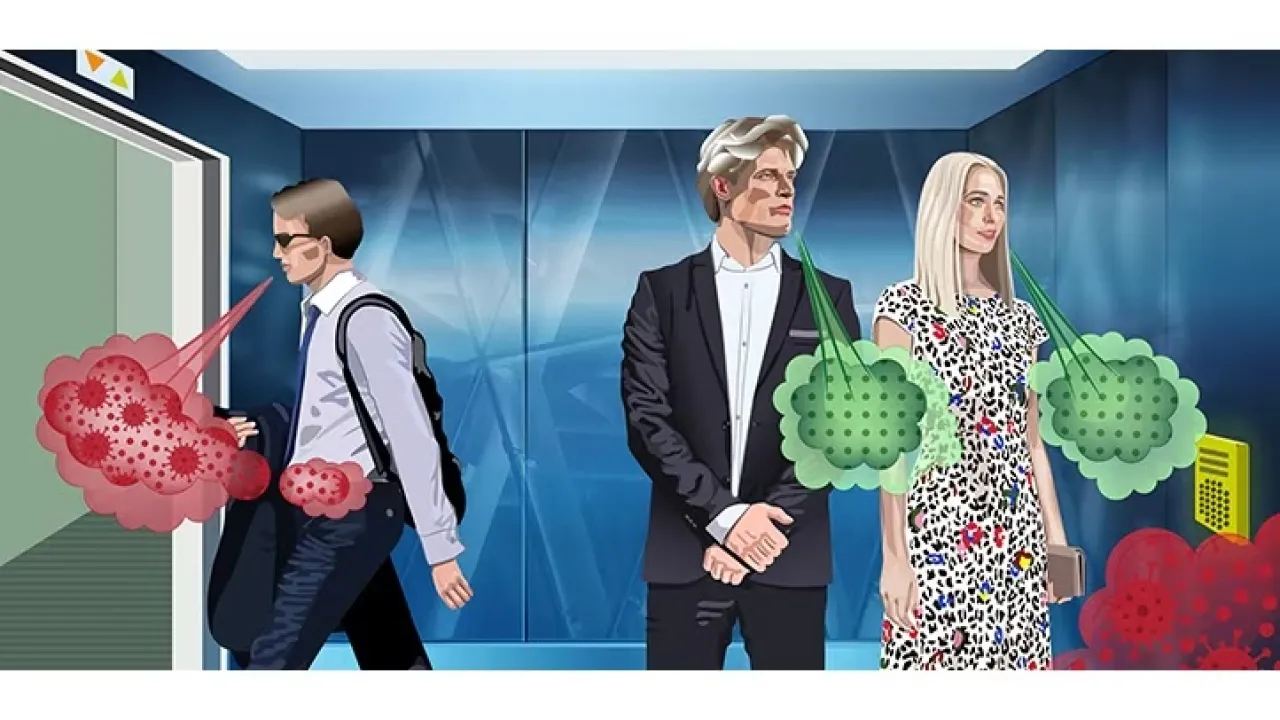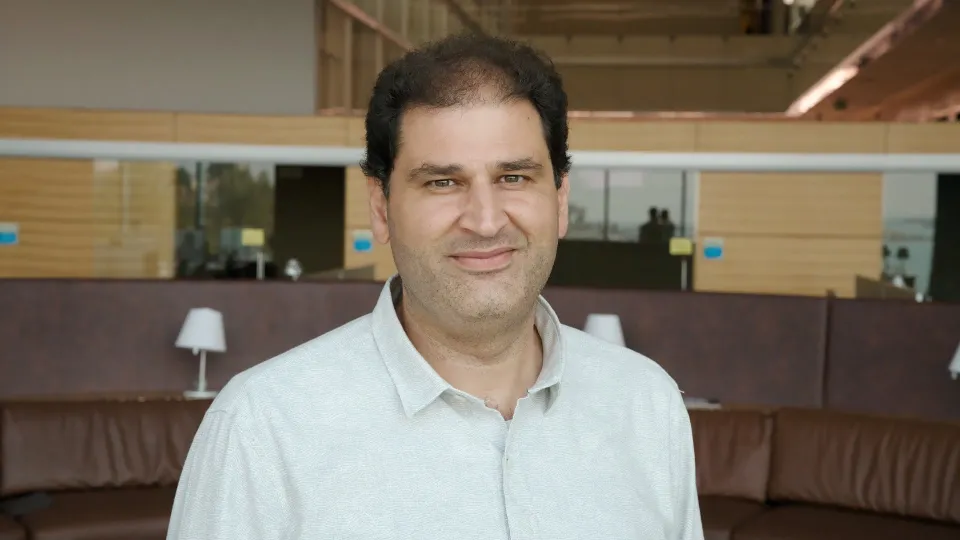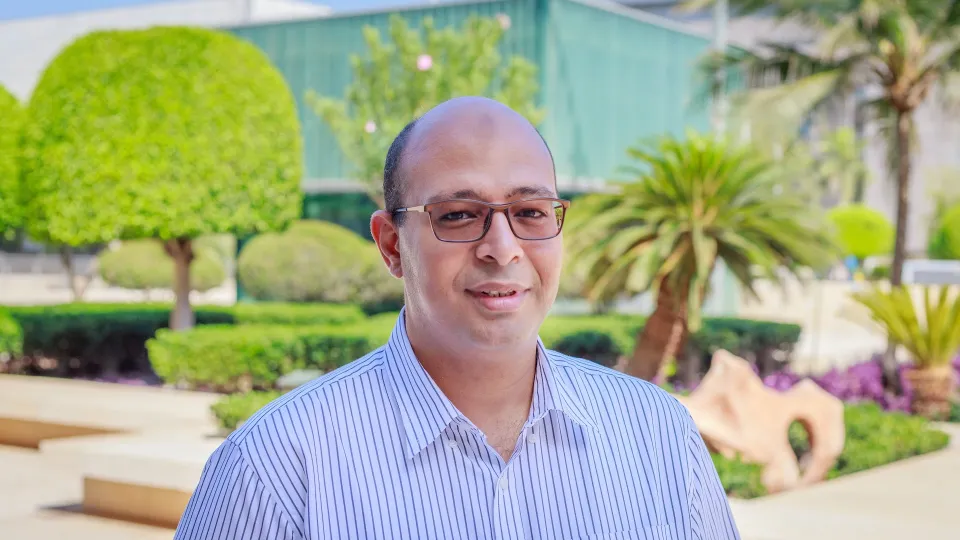
Viruses as communication molecules
Electrical and computer engineers take on complex modeling questions that can further our understanding of virus spread in small spaces.
About
How long do virus-laden particles persist in an elevator after a person infected with COVID-19 leaves? And is there a way to detect those particles? A group of electrical engineers and computer scientists at KAUST set out to answer these questions using mathematical fluid dynamics equations.
“We found that virus-laden particles can still be detected several minutes after a short elevator trip by an infected person,” says KAUST electrical engineer Osama Amin.
The team’s equations and breath simulations suggest that a biosensor’s ability to detect a virus improves when placed on an elevator wall that can reflect particles. Also, to protect future occupants, the amount of particles in the air can be reduced by making the other three walls absorptive.
Amin and his colleagues at KAUST have been working on developing a nontraditional communication concept called “communication via breath.” The concept models chemical and biological molecules emitted in exhaled breath as if they are information carriers in a communication system that can be detected on the other end by a “receiver,” in this case a biosensor.
“This kind of study requires input from researchers with varied expertise in theoretical channel modeling, system design and integration, and machine learning schemes,” says Amin.
Read the full article

